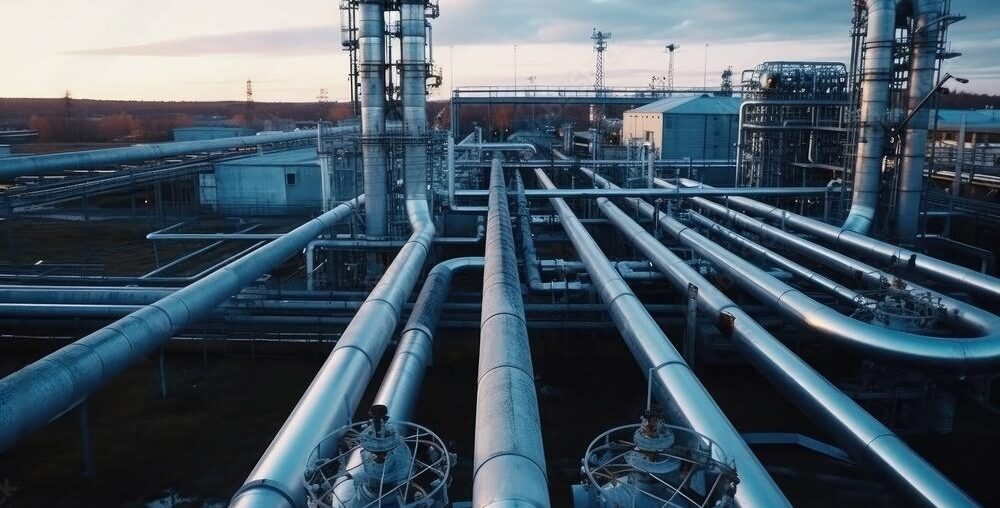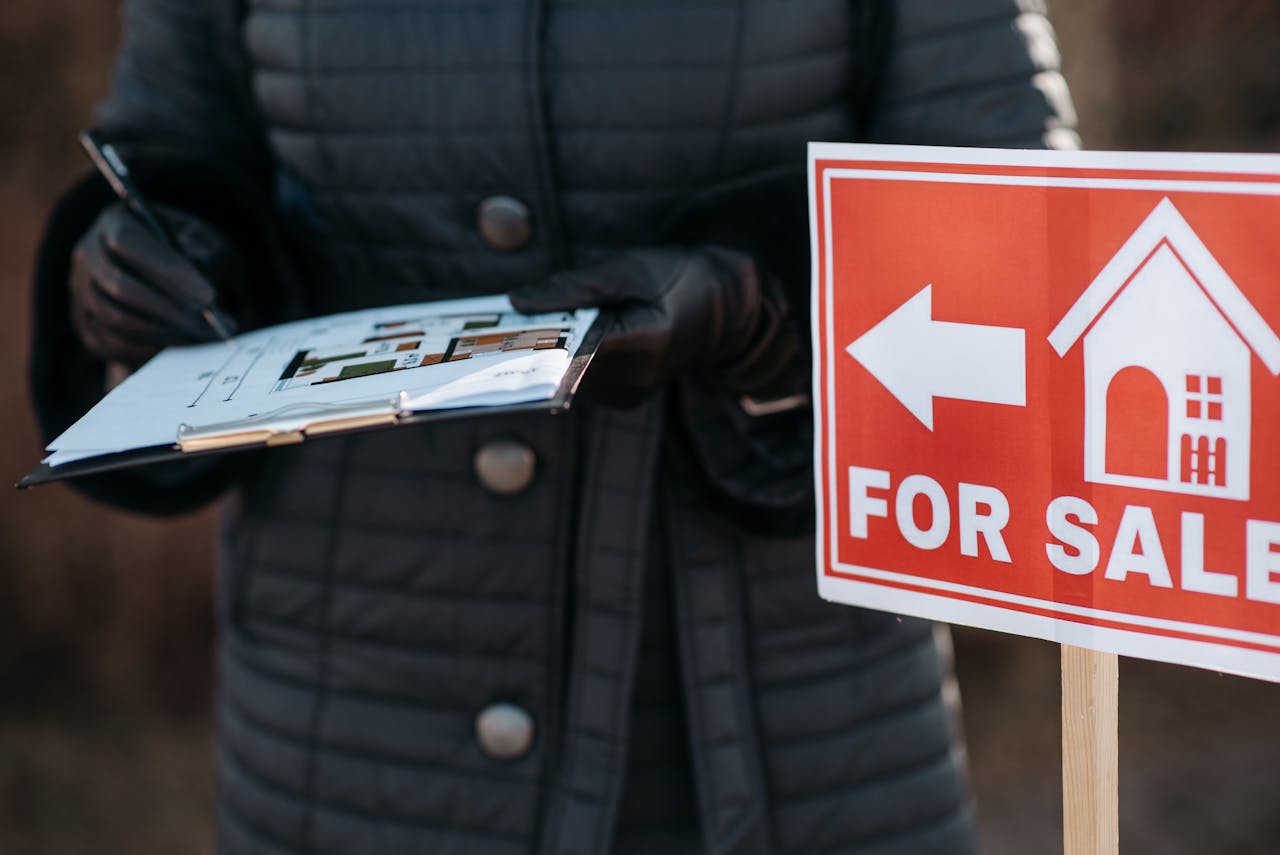Outdoor pipes face unique challenges due to exposure to harsh weather conditions. From freezing winters to hot summers, unprotected pipes can lead to costly repairs and energy loss. Outdoor pipe insulation offers a simple solution to these issues, providing an extra layer of protection that keeps pipes in good shape year-round.
In this article, we’ll explore what outdoor pipe insulation is, why it’s necessary, and the benefits it brings to both homes and businesses. By the end, you’ll understand how insulation services can help protect your pipes, reduce costs, and save energy.
What is Outdoor Pipe Insulation?
Outdoor pipe insulation involves covering pipes with materials that act as a barrier against temperature changes, moisture, and other weather-related risks. This layer can be made from materials like foam, rubber, or fiberglass, each providing a different level of protection.
These insulation materials keep the temperature inside the pipes stable, which is especially helpful for outdoor pipes exposed to cold winters. Insulation can also protect pipes from sun damage, reducing the risk of cracking or breaking.
Benefits of Outdoor Pipe Insulation
A. Prevents Pipe Freezing and Bursting
One of the biggest issues with outdoor pipes is that they’re exposed to cold weather. When temperatures drop, water inside the pipes can freeze. Since water expands when it freezes, it can cause the pipe to burst, leading to major repairs and water damage. Insulating your pipes helps prevent this from happening by keeping them at a stable temperature.
Example: Studies show that homes with insulated pipes experience fewer instances of burst pipes compared to homes without insulation, especially in colder regions.
B. Saves Energy and Reduces Costs
By keeping pipes warm in winter and cool in summer, insulation helps reduce the amount of energy needed to keep water at the desired temperature. This means lower utility bills for both heating and cooling systems. For businesses, the cost savings can be significant over time.
Statistic: According to energy experts, insulated pipes can reduce energy loss by up to 30%, which translates to cost savings on your energy bill.
C. Protects Against Wear and Tear
Outdoor conditions, like UV rays, rain, and temperature shifts, can wear out pipes over time. Insulation acts as a shield, protecting pipes from these factors and extending their lifespan. This is particularly useful for homes and businesses that rely on outdoor water systems for their daily operations.
D. Reduces Noise
Insulated pipes can also help reduce noise from water flow, which is especially helpful if pipes are located near living areas or workspaces. This small benefit can make a noticeable difference in comfort, especially for businesses that want to create a quieter environment.
Types of Insulation for Outdoor Pipes
A. Foam Insulation
Foam is a popular choice because it’s lightweight, easy to install, and provides good insulation. It’s also resistant to mold and mildew, which is beneficial in areas with high humidity.
B. Rubber Insulation
Rubber insulation is flexible and durable, making it ideal for pipes that might expand or contract with temperature changes. It’s more weather-resistant than foam and can handle both extreme cold and heat.
C. Fiberglass Insulation
Fiberglass insulation is a strong option for very cold climates. It can handle extreme temperatures and provides a high level of protection. However, it’s usually more expensive and requires professional installation.
Steps to Insulate Outdoor Pipes
A. Measure and Choose the Right Material
Measure your pipes carefully to know how much insulation you’ll need. Choose a material that suits your climate and budget.
B. Clean and Dry the Pipes
Before applying insulation, make sure the pipes are clean and dry. This will help the insulation adhere properly and last longer.
C. Apply Insulation and Seal Edges
Wrap the insulation material around the pipes, ensuring there are no gaps. Use tape or a sealant to secure the edges and keep moisture out.
Frequently Asked Question
Q1. Why is outdoor pipe insulation important?
A: Outdoor pipe insulation protects pipes from extreme temperatures, preventing issues like freezing in the winter and reducing energy loss. It also shields pipes from wear and tear, extending their lifespan and saving on repair costs.
Q2. What are the best materials for insulating outdoor pipes?
A: Common materials for outdoor pipe insulation include foam, rubber, and fiberglass. Foam is lightweight and affordable, rubber is flexible and weather-resistant, and fiberglass provides strong protection in very cold climates. The best choice depends on your climate and budget.
Q3. Can I install outdoor pipe insulation myself?
A: Yes, many outdoor pipe insulation materials, like foam, are easy to install with basic tools. However, for more durable insulation, such as fiberglass, professional installation might be recommended to ensure proper sealing and maximum protection.
Q4. How does outdoor pipe insulation save money?
A: Insulated pipes reduce energy loss by keeping water temperatures stable, meaning heating and cooling systems don’t have to work as hard. This can lead to lower utility bills, and for businesses, significant savings over time.
Conclusion
Outdoor pipe insulation offers many benefits, from preventing costly damage to lowering energy bills. By insulating your pipes, you can protect your home or business from extreme weather, save money, and reduce energy waste. If you’re interested in securing your pipes, especially in areas like Alberta, consider reaching out to a reliable insulation service provider.
Contact an Insulation Expert Today: If you’re ready to learn more about outdoor pipe insulation, contact an insulation service provider in Alberta, like those at G & R Insulating. They can help you choose the right type of insulation and ensure your pipes are protected for years to come.



